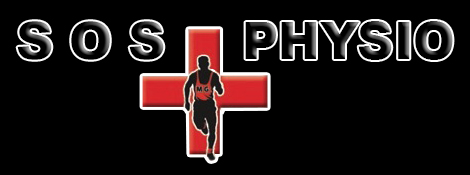Manual Therapy
Manual therapy is an approach used by physiotherapists for evaluation and treatment of neuro-musculo-skeletal injuries in an orthopaedic setting. Orthopaedic conditions often occur due to a lack of adequate joint mobility and/or proper movement control. These limitations can cause discomfort, pain, and alterations in posture, movement and function.
Clinical Diagnosis
is made by taking a medical history of the problem, a visual observation of the patient (postural assessment) and by manual examination of the affected and related regions. X-rays are not required for the diagnosis of conditions treatable with manual therapy however a physiotherapist will consult with a medical practitioner in some cases for radiological examinations if required to rule out more serious underlying conditions.
Manual therapy involves restoring mobility and normal fluid function to otherwise stiff joints and promoting proper muscle control of those joints. Three groups of techniques can be used:
- Mobilization is precise, gentle, rhythmic, repetitive passive movement of graded amplitude aimed at restoring mobility and function, as well as reducing pain in stiff joint and surrounding tissues.
- Manipulation is a skilled, passive, quick movement aimed at restoring mobility and function, as well as reducing pain in stiff joints and associated tissues.
- Muscle control exercises These exercises are designed to either activate muscles that are not contributing as they should to overall function or to perfect the timing of their activation. Exercises to increase strength and endurance are also prescribed when indicated.


